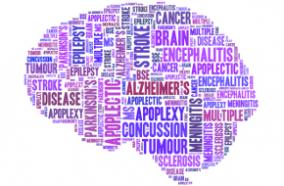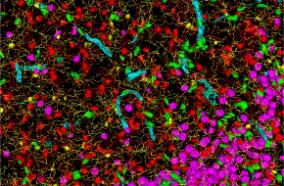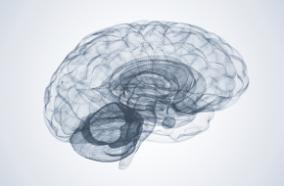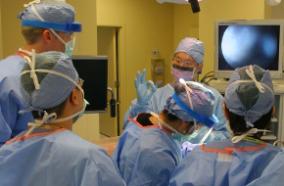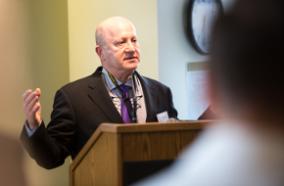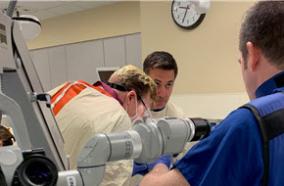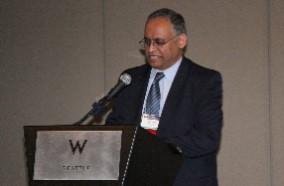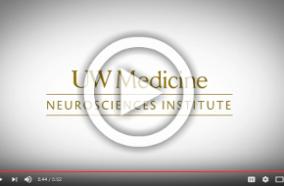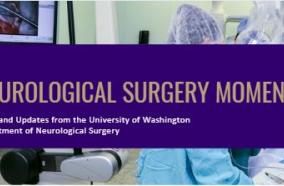2 years 11 months ago
Ultrasound localization microscopy (ULM) is a recent advancement in ultrasound imaging that uses microbubble contrast agents to yield vascular images that break the classical diffraction limit on spatial resolution. Current approaches cannot image blood flow at the tissue perfusion level since they rely solely on differences in velocity to separate tissue and microbubble signals; lower velocity microbubble echoes are removed during high pass wall filtering. To visualize blood flow in the entire...
Jonah S Harmon
2 years 11 months ago
CONCLUSIONS: The prevalence and correlates of alcohol-induced blackout among veterans are largely consistent with those documented in civilian and young adult populations. Among racially diverse groups, racial discrimination may be more strongly associated with mental health symptoms than alcohol consumption or acute alcohol consequences such as blackout.
Mary Beth Miller
2 years 11 months ago
CONCLUSIONS: Our results demonstrate the versatility of DISCO for a range of protocols, indicating that this platform can be used in a variety of ways to study light-dependent behaviours in flies.
Thiago C Moulin
2 years 11 months ago
CONCLUSION: The primary end point (independently assessed DFS) was not met despite favorable OS seen with nab-paclitaxel + gemcitabine.
Margaret A Tempero
2 years 11 months ago
CONCLUSION: Craniocervical dAVFs represent rare entity of lesions presenting most commonly with hemorrhage or myelopathy because of venous congestion. Microsurgery using a far lateral approach provides robust exposure and visualization for these lesions and allows obliteration of the arterialized draining vein intradurally as close as possible to the fistula point. This approach was associated with a high rate of angiographic cure and favorable clinical outcomes.
Mohamed M Salem
2 years 11 months ago
Pseudomonas aeruginosa, like other pathogens, adapts to the limiting nutritional environment of the host by altering patterns of gene expression and utilizing alternative pathways required for survival. Understanding the genes essential for survival in the host gives insight into pathways that this organism requires during infection and has the potential to identify better ways to treat infections. Here, we used a saturated transposon insertion mutant pool of P. aeruginosa strain PAO1 and...
Corrie R Belanger
2 years 11 months ago
Dural arteriovenous fistulas (dAVF) are aberrant vascular communications that can have devastating effects ranging from headaches to death. Typically, these malformations are identifiable on a CT angiogram (CTA) and confirmed via catheter angiography. We present a case of a female patient who presented with a headache and was found to have a large holohemispheric subdural hematoma. Given the lack of trauma, a CTA was performed. The CTA revealed abnormal vessels in the anterior temporal lobe...
Zachary A Abecassis
2 years 11 months ago
The formation of toxic Amyloid β-peptide (Aβ) oligomers is one of the earliest events in the molecular pathology of Alzheimer's Disease (AD). These oligomers lead to a variety of downstream effects, including impaired neuronal signaling, neuroinflammation, tau phosphorylation, and neurodegeneration, and it is estimated that these events begin 10 to 20 y before the presentation of symptoms. Toxic Aβ oligomers contain a nonstandard protein structure, termed α-sheet, and designed α-sheet peptides...
Dylan Shea
2 years 11 months ago
CONCLUSIONS: RMVr is a safe procedure with low rates of early mortality and other complications. It can be performed with low complication rates in high volume, experienced centers. Evaluation of available mid-term data post-RMVr suggests favorable rates of overall survival, freedom from MV reoperation and from moderate or worse MR recurrence.
Michael L Williams
3 years ago
CONCLUSION: The COVID-19 pandemic has offered a window of opportunity to advance telemedicine expertise by formalizing clinical guidance and routinizing provider in-service training in virtual SUD treatment. Findings suggest enhanced efforts to reduce disparities in telemedicine-based services.
Chunqing Lin
3 years ago
Protein-ligand binding free-energy calculations using molecular dynamics (MD) simulations have emerged as a powerful tool for in silico drug design. Here, we present results obtained with the ARROW force field (FF)─a multipolar polarizable and physics-based model with all parameters fitted entirely to high-level ab initio quantum mechanical (QM) calculations. ARROW has already proven its ability to determine solvation free energy of arbitrary neutral compounds with unprecedented accuracy. The...
Grzegorz Nawrocki
3 years ago
CONCLUSIONS: Results from this protocol are anticipated to yield novel findings regarding the impact and scalability of CoMPASS to promote HIV prevention among PWID in partnership with community-based organizations. http://ClinicalTrials.gov identifier: NCT04738825.
Minhee L Sung
3 years ago
CONCLUSIONS: Sac/Val resulted in significant improvements in prognostic biomarkers and measures of cardiac remodeling and health status from baseline to month 12 across age categories. Older study participants showed somewhat blunted reduction in NT-proBNP and less improvement in KCCQ-23 overall summary scores. (Effects of Sacubitril/Valsartan Therapy on Biomarkers, Myocardial Remodeling, and Outcomes [PROVE-HF]; NCT02887183).
Sean P Murphy
3 years ago
Clonal haematopoiesis involves the expansion of certain blood cell lineages and has been associated with ageing and adverse health outcomes^(1-5). Here we use exome sequence data on 628,388 individuals to identify 40,208 carriers of clonal haematopoiesis of indeterminate potential (CHIP). Using genome-wide and exome-wide association analyses, we identify 24 loci (21 of which are novel) where germline genetic variation influences predisposition to CHIP, including missense variants in the...
Michael D Kessler
3 years ago
In March 2022, following the annual International Committee on Taxonomy of Viruses (ICTV) ratification vote on newly proposed taxa, the phylum Negarnaviricota was amended and emended. The phylum was expanded by two new families (bunyaviral Discoviridae and Tulasviridae), 41 new genera, and 98 new species. Three hundred forty-nine species were renamed and/or moved. The accidentally misspelled names of seven species were corrected. This article presents the updated taxonomy of Negarnaviricota as...
Jens H Kuhn
3 years ago
The underlying mechanisms for statin-induced myopathy (SIM) are still equivocal. In this study, we employ Drosophila melanogaster to dissect possible underlying mechanisms for SIM. We observe that chronic fluvastatin treatment causes reduced general locomotion activity and climbing ability. In addition, transmission microscopy of dissected skeletal muscles of fluvastatin-treated flies reveals strong myofibrillar damage, including increased sarcomere lengths and Z-line streaming, which are...
Mohamed H Al-Sabri
3 years ago
This technical video demonstrates the treatment of an acutely ruptured, large, complex left fusiform middle cerebral artery (MCA) aneurysm with endovascular flow diversion with adjunctive coiling in a 27-year-old female. Two telescoping flow-diverting stents (Pipeline Flex) were placed, with partial coiling of a saccular portion of the aneurysm. Technical challenges, alternative treatment, intraoperative and postoperative antiplatelet management, vasospasm treatment, and clinical and...
Guilherme Barros
3 years ago
OBJECTIVES: To assess the efficacy of the University of New Mexico Comprehensive Cancer Center's (UNMCCC's) breast cancer nurse navigator (BCNN) program in addressing gaps in cancer care for an underserved, rural, and economically disadvantaged population.
Michael A Williams
3 years ago
After the elimination of dental caries lesions, some microorganisms may remain viable in the tooth structure. Thus, cavity disinfection is an important procedure. The aim of this study was to evaluate the effect of cavity disinfectants on the adhesion to dentin of permanent teeth. Sixty molars were ground flat and randomly assigned to six groups: control; chlorhexidine; Aloe vera; glutaraldehyde; EDTA; ethanol. Cavity disinfectants were applied, rinsed, and air-dried. The restorations were...
Ana Coelho
3 years ago
CONCLUSION: Correlation between preprocedural CT and on-table 3DRA in the prediction of the actual AVAP at the time of TAVR implantation is moderate.
Richard Tanner
"university of washington"[affiliation] and neurological surge...: Latest results from PubMed
More posts about UW Neurological Surgery Recent PubMed Publications



